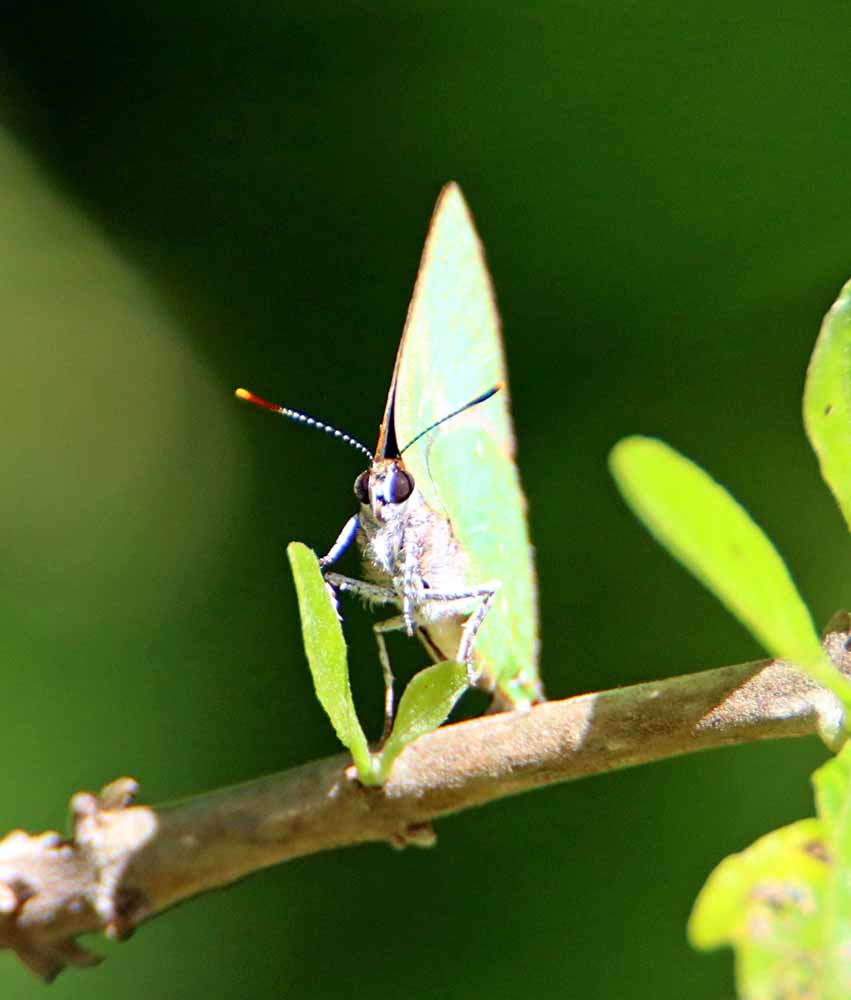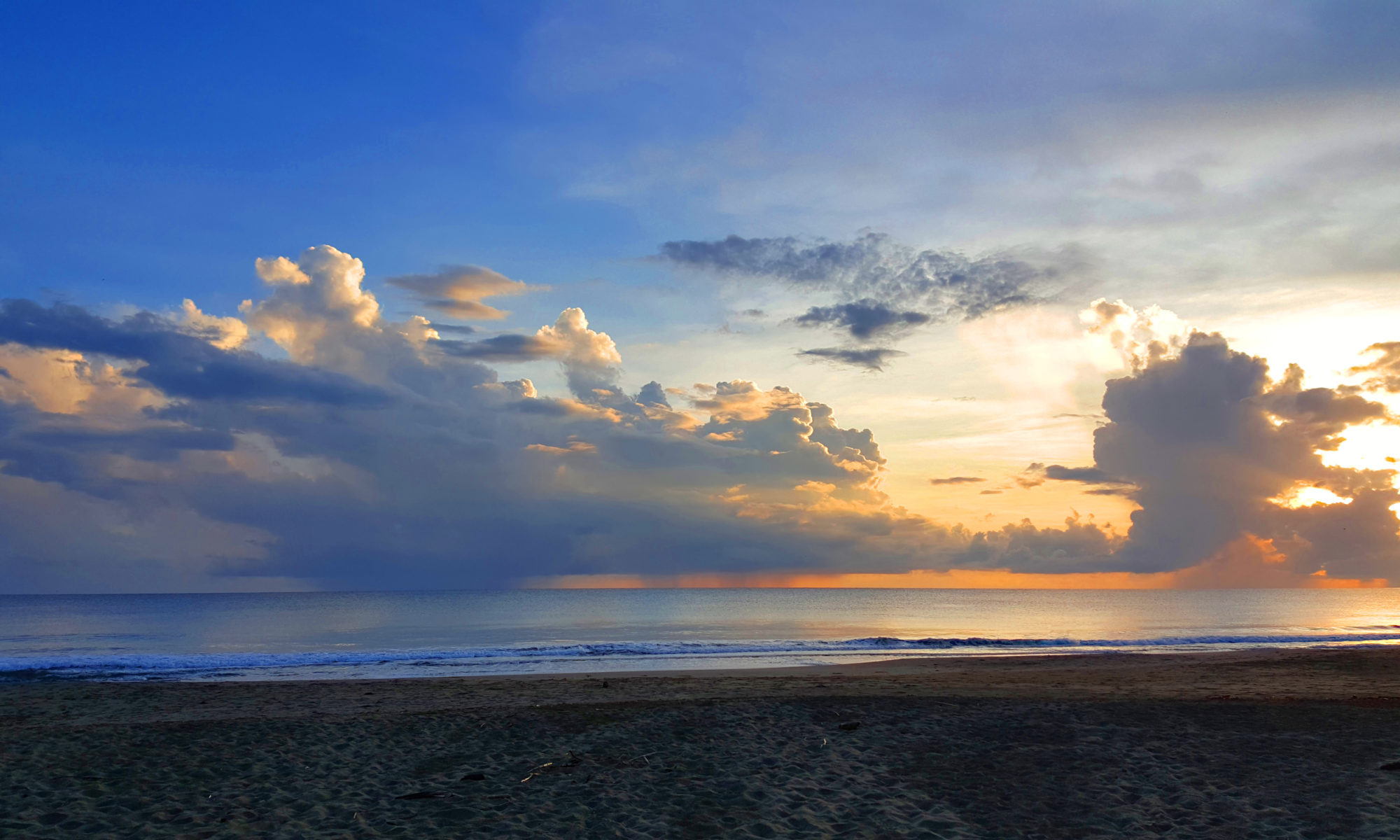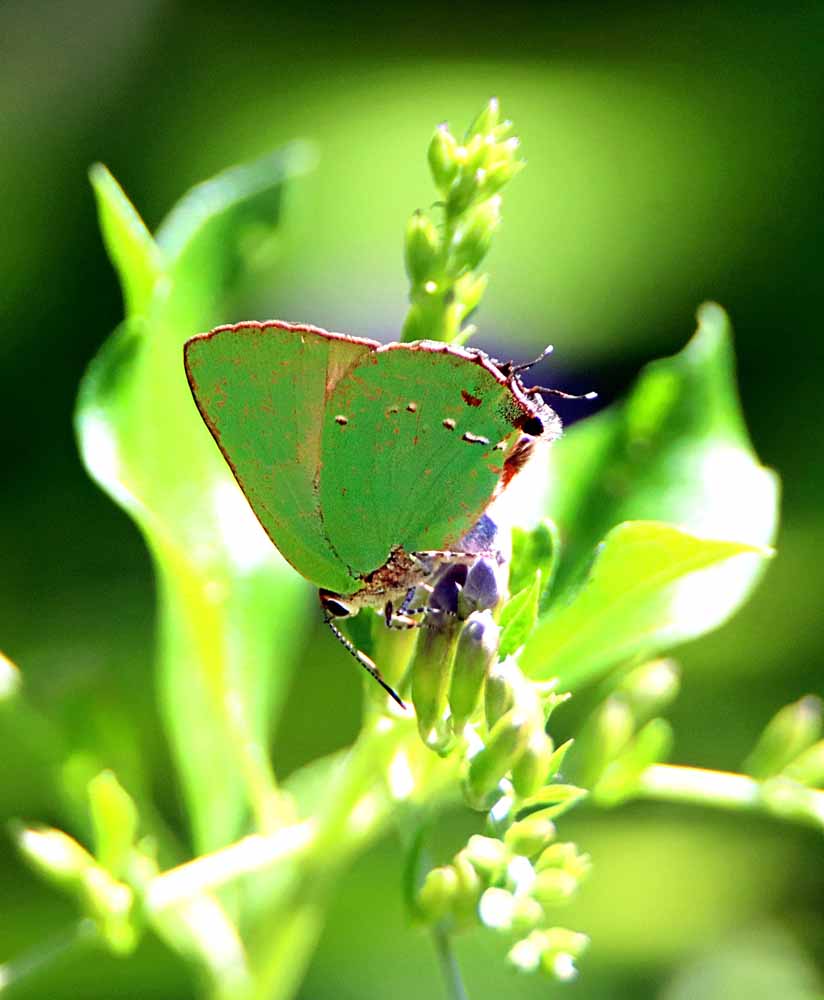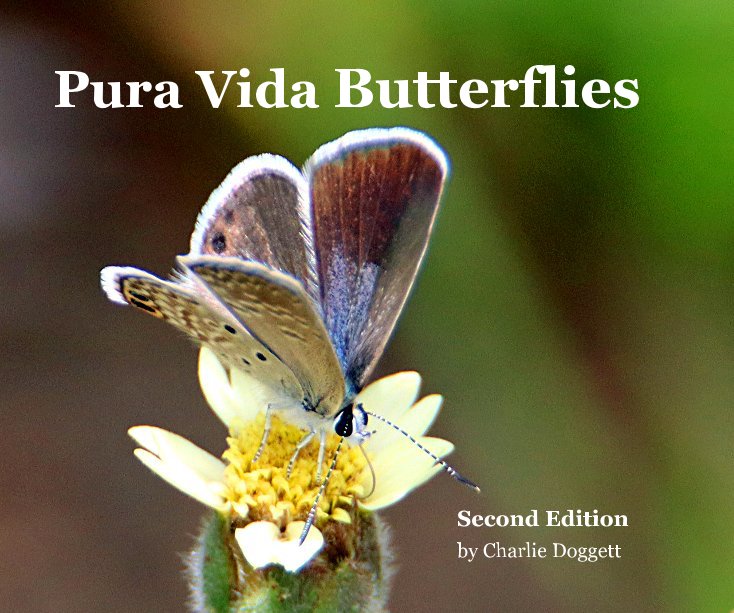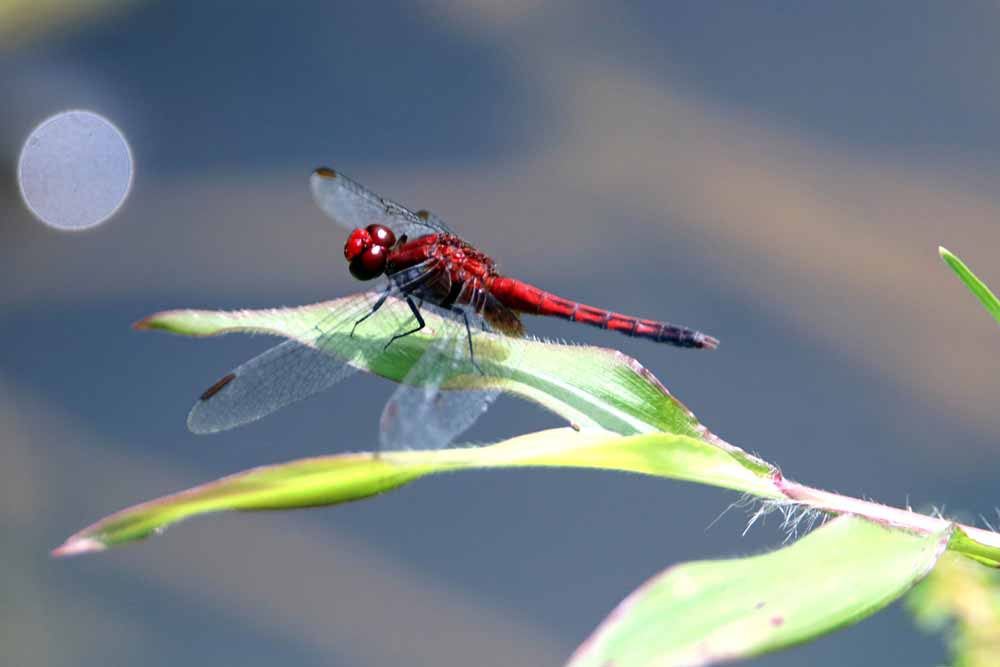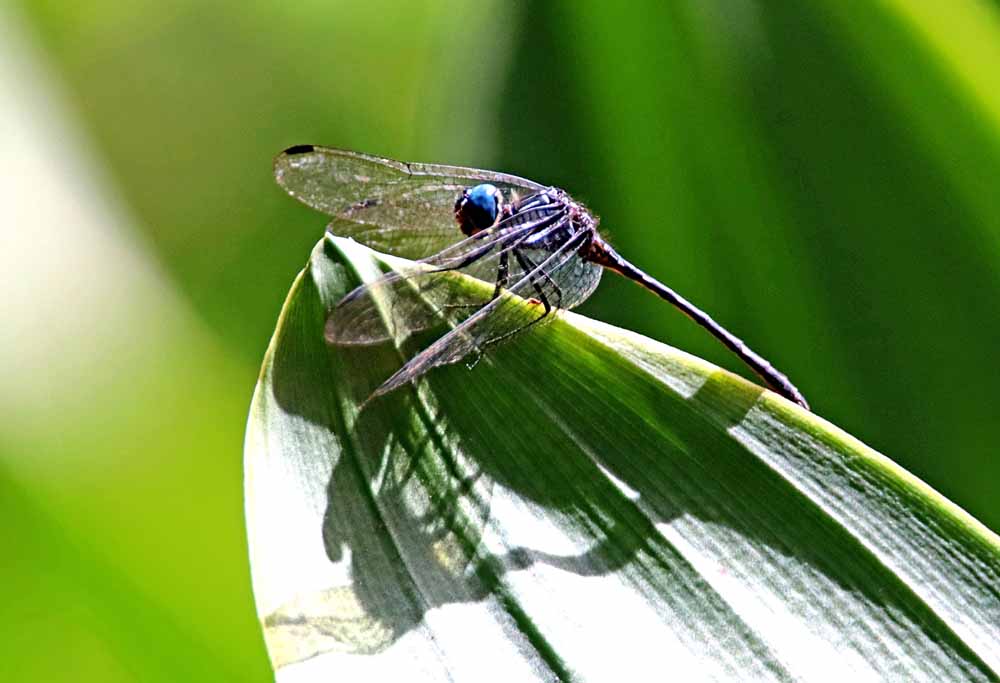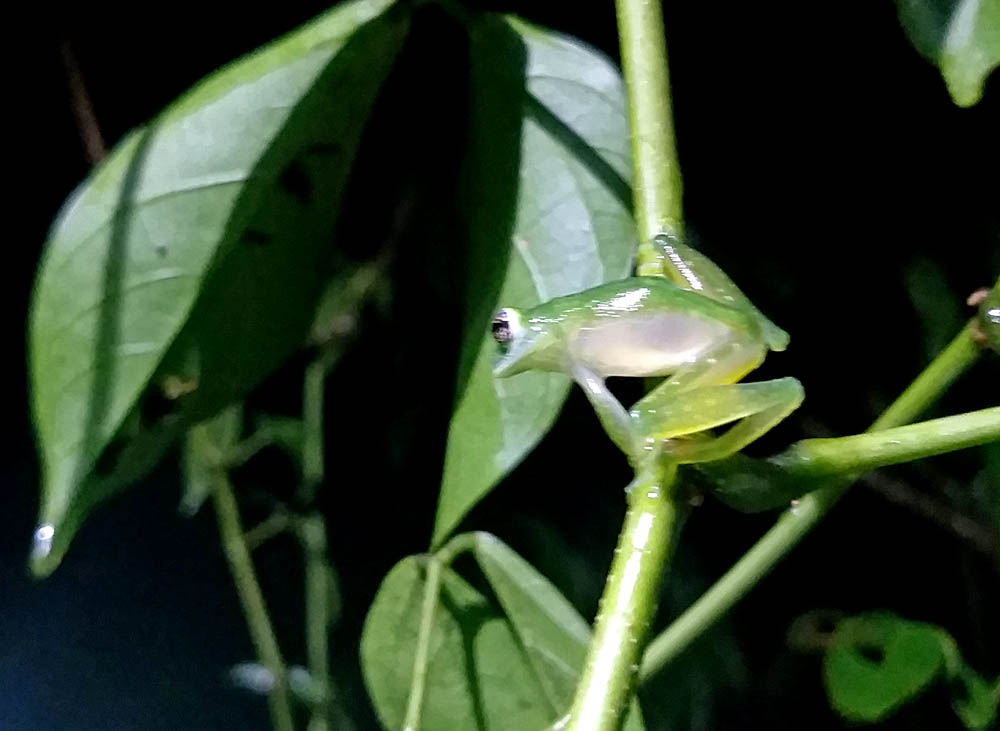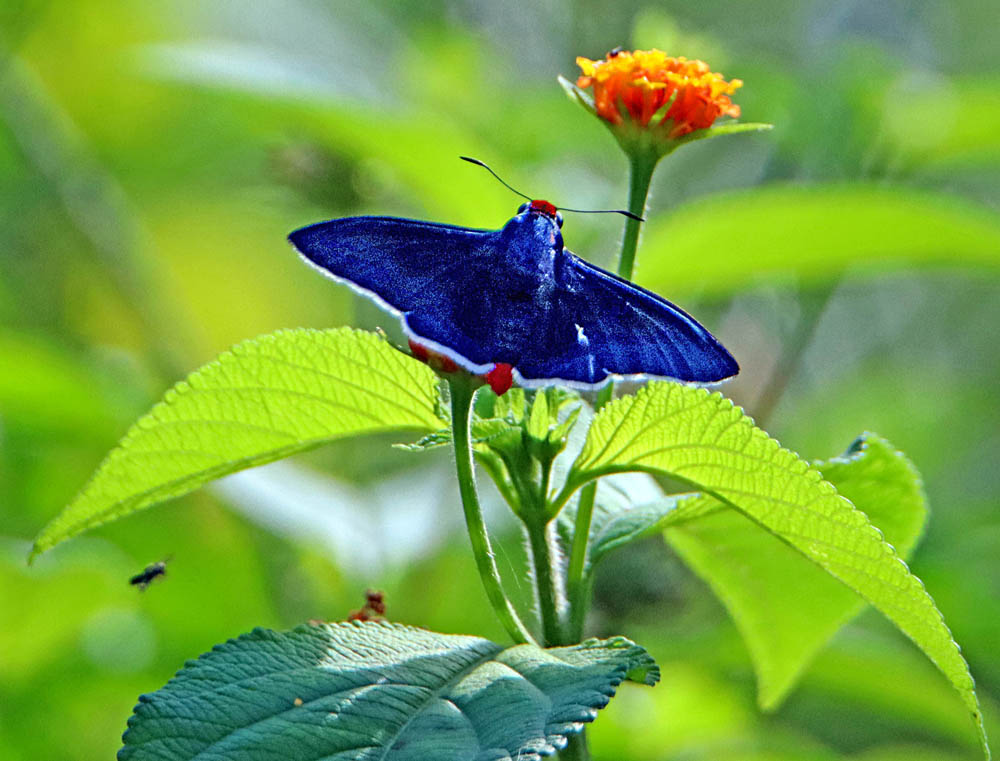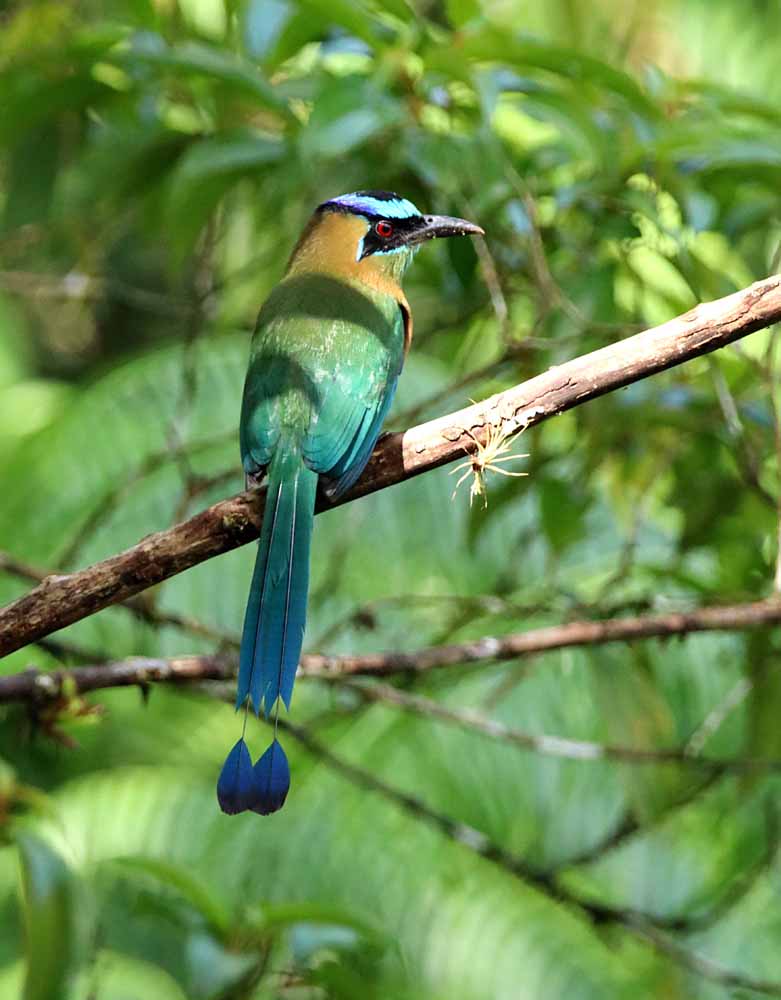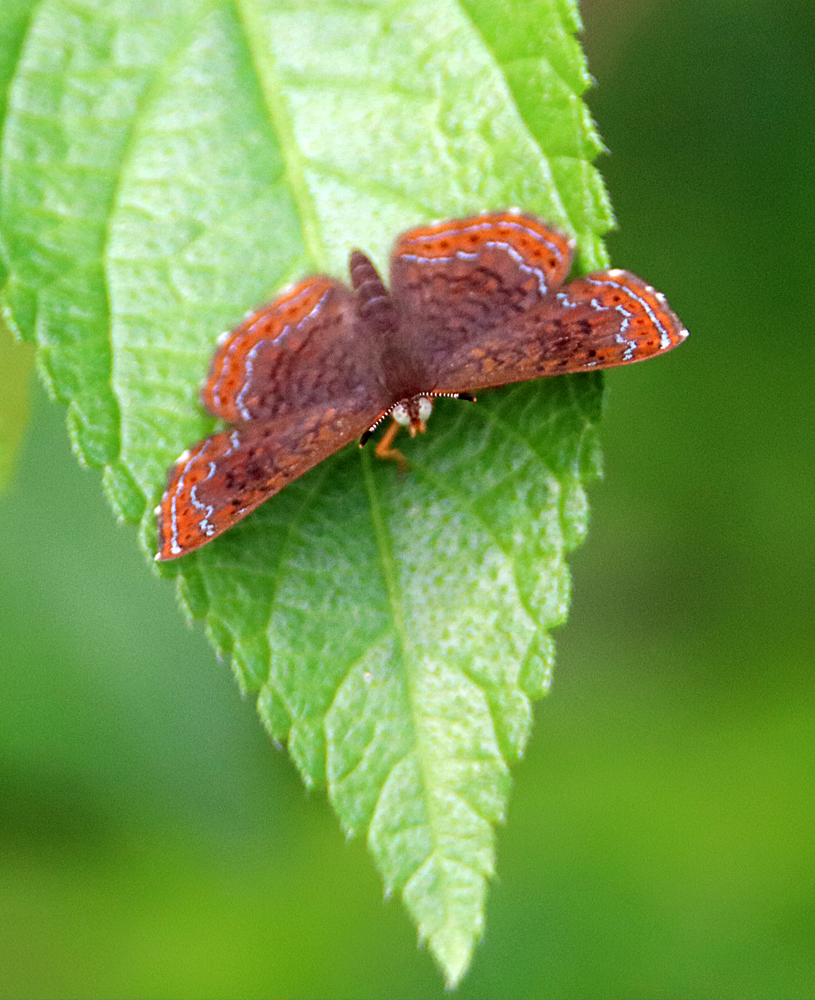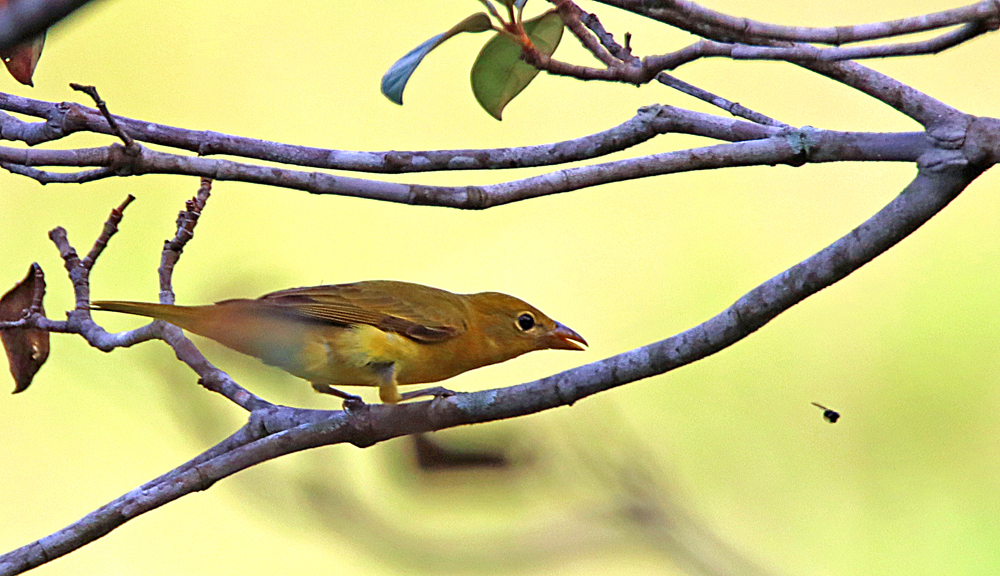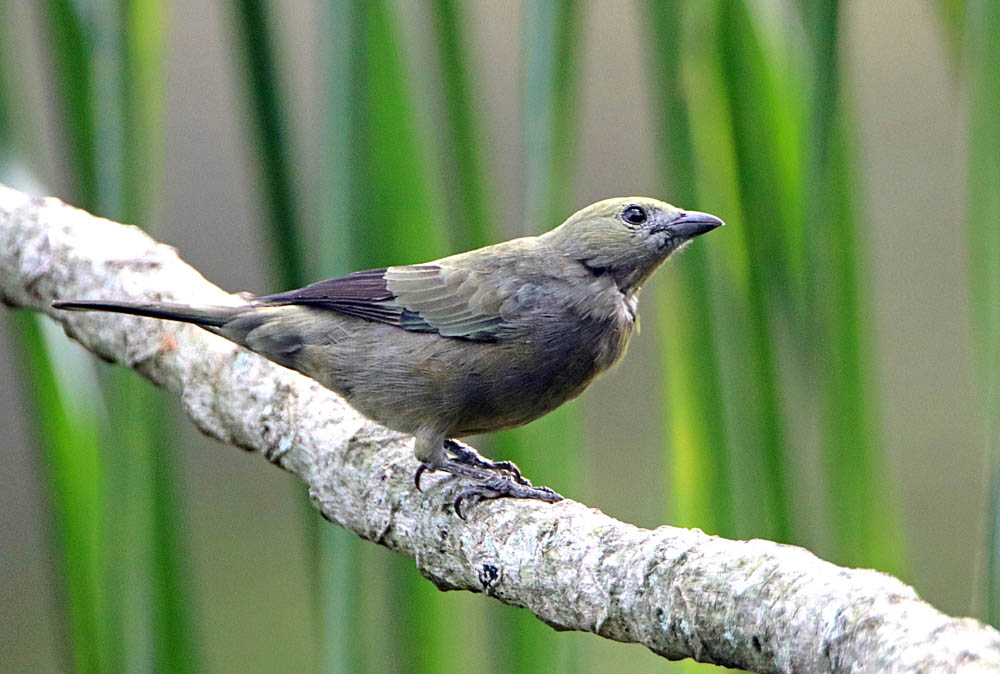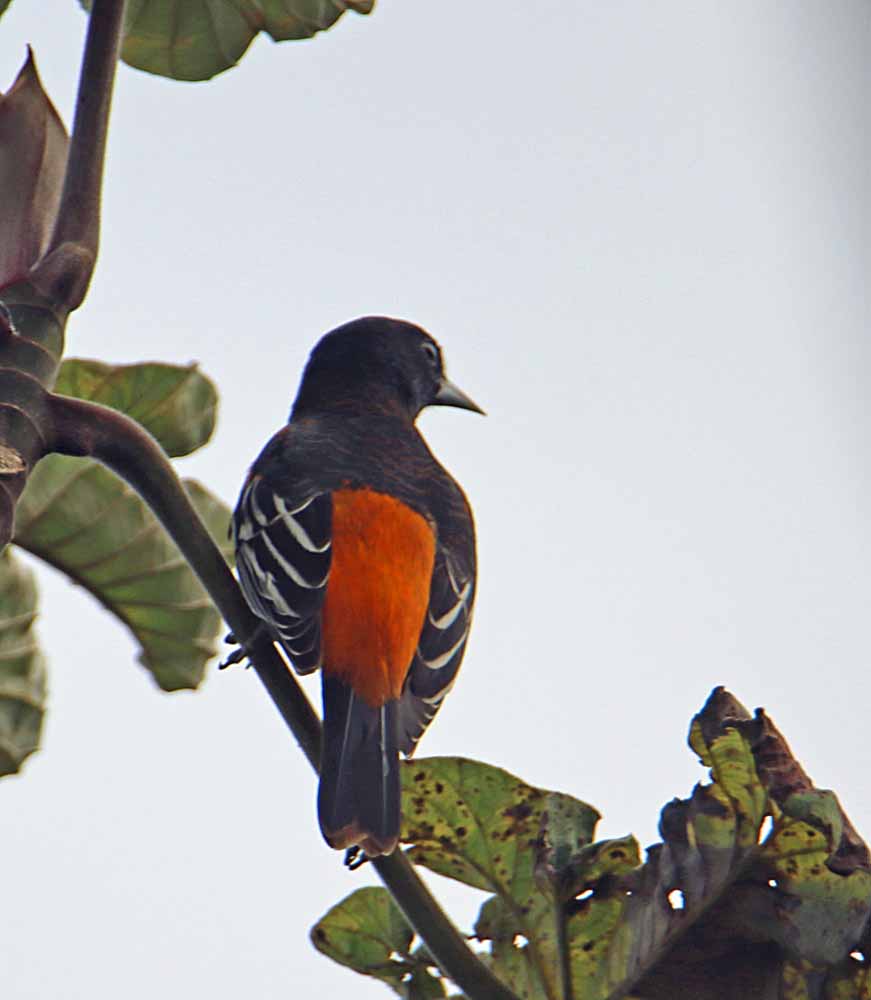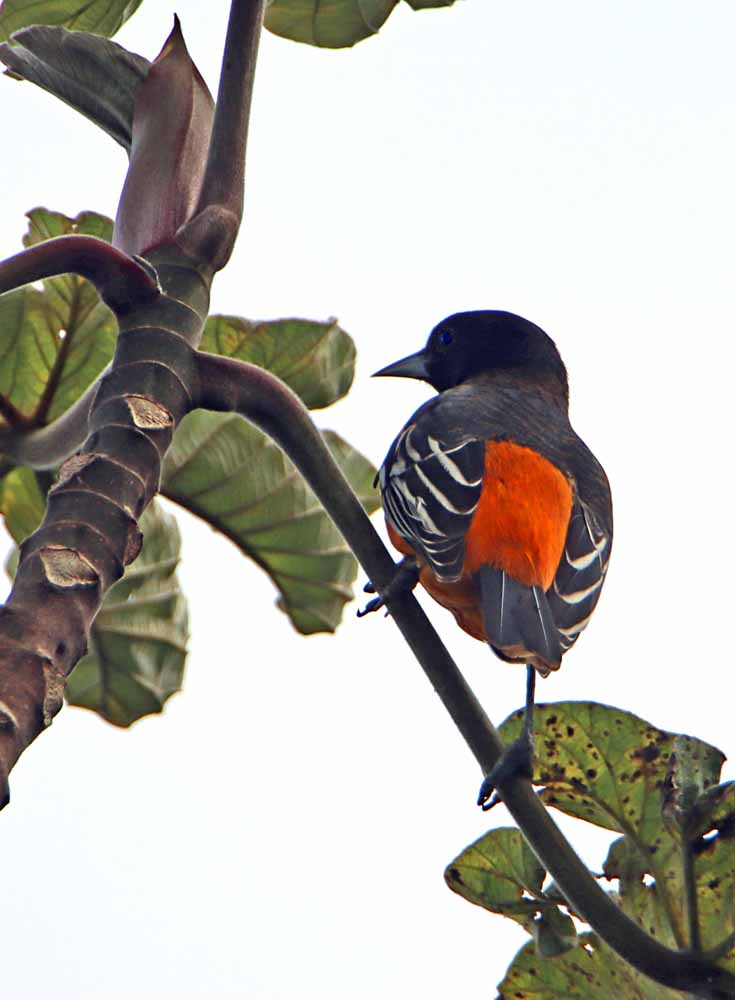As I said in yesterday’s post, on the morning I published the second edition of my big butterfly book, I captured a photo of another new species that just barely made it into the book! 🙂 It is the Clench’s Greenstreak – Cyanophrys miserabilis and I adjusted the size of another Gossamer Wings butterfly in the book to make this last minute addition fit. Fun! And that is in addition to the other last minute addition of just 4 days before that when I got the Red-headed Firetip – Pyrrhopyge phidias at Macaw Lodge which I featured in an earlier blog post and also adjusted the size of another photo to make that Skipper butterfly fit in the book. 🙂 Here’s one shot of the Greenstreak for the email followed by a little gallery of 4 shots.
